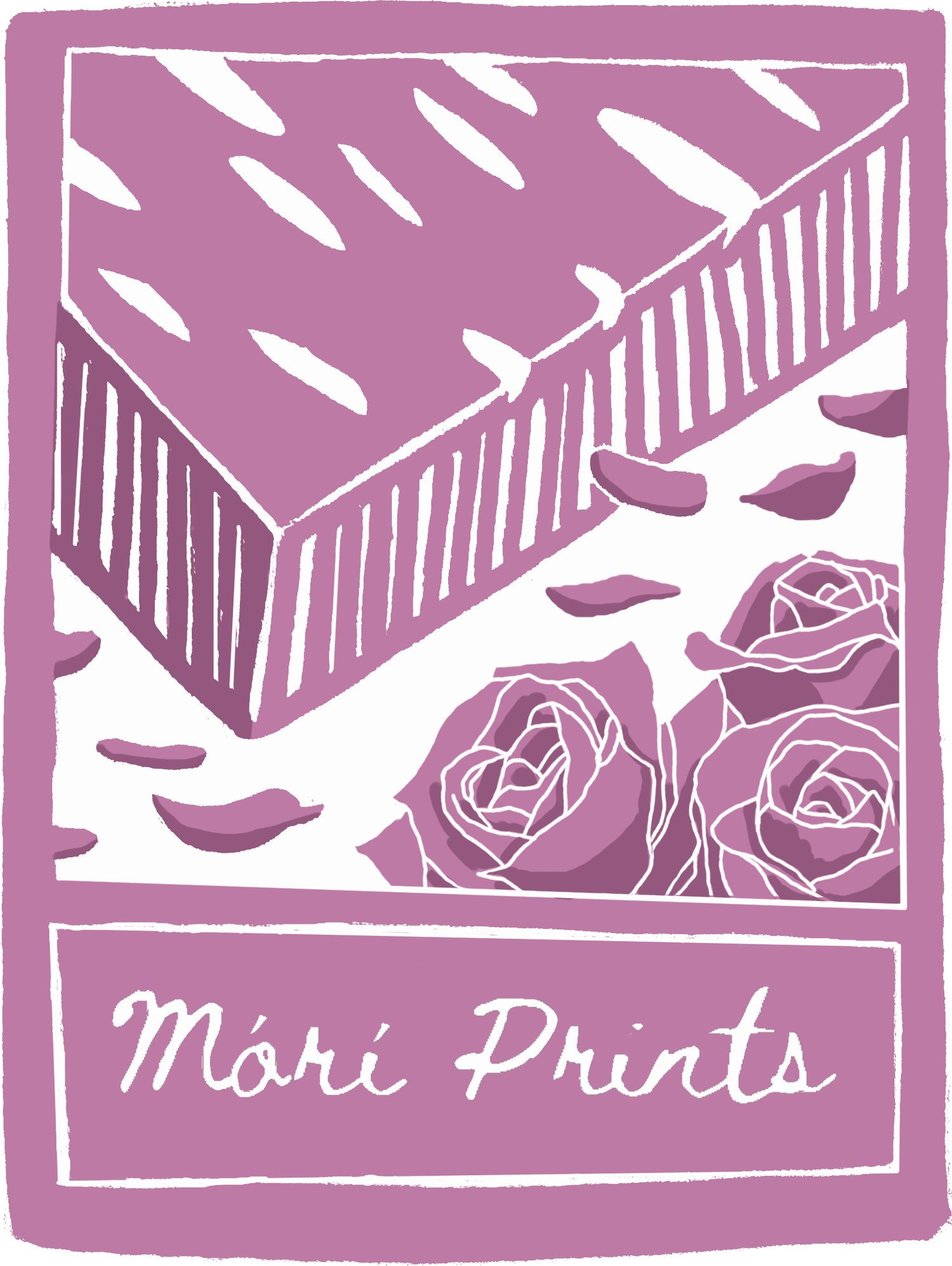the art of mistakes
So, back in college, I had this tutor. He was bald, rode a motorcycle, and had all the ear-piercing. Obviously, we all thought he was the bee’s knees. But he was also a great tutor.
I learned a lot from him, especially as a timid eighteen year old who was nervous about messing up in her first year of college. But he encouraged you to mess up. To just try. Rather than spending your time worrying about this and that, just get into the studio and try a bunch of stuff —who cares if you make a mistake? You’re never going to learn otherwise. (This of course, I am paraphrasing. His version had a lot more swearing and cursing involved and hand movements. There was a reason he was everyone’s favourite tutor.)
Honestly, this approach is still difficult for me. I’m a perfectionist as well as a cautious person. I want assurance that things are going to work out for me before I do something.
I have a fear of failure.
But I’m trying to get over that… or at least improve on it.
One of the things I love about printmaking is that you can make a lot of mistakes during the process. Which, I know, coming from me, sounds very contradictory. I hate failure but my favourite part is the possibility of making a mistake? Let me explain.
I view my degree as me having learned 50% art skills and 50% bullshitting skills. We all used to joke about this because every week, as a group, we would have assessments where we had to take turns crowding around each other’s desk and present and explain what we had been working on recently —to our tutors and to each other. Most of the time we (the people in my year that I was sharing a studio space with) just made things up on the spot, adding meaning to things and attaching lofty concepts to half-finished works. And we had to speak in front of each other every week.
I got pretty good at speaking in front of people by the end of my four year degree.
So yeah, we got pretty good at making stuff up on the fly with little to no prep.
With printmaking, any time any of us made a mistake either while printing or carving or with paper registration, we just said “I meant to do that“ and then just made up a reason as to why something was now blue instead of red like originally planned.
I recently bought the 29th issue of Pressing Matters (a printmaking magazine that I think everyone should check out) and inside there was an article talking about Amos Paul Kennedy Jr.’s work. Some of the things he said really resonated with me and reminded me of my time in college.
(You can check out the 29th issue and their other issues via the button below.)
This is an excerpt from the article that stayed with me even after I finished reading it:
He [Amos] intentionally avoids over-planning, preferring to let the process unfold organically. “…you have to let the press and the materials do their thing.” Whether it’s a typo that gets overprinted with new text or an ink colour that shifts mid-print, he sees ‘flaws’ as part of what makes each piece unique. “I don’t worry about being perfect,” he says. “Perfection is boring. It’s the imperfections that make things interesting.”
In many ways, Amos’ love of imperfection is a form of resistance — a rejection of the sterile mass-produced uniformity of modern design. “When people see a smudge or a crooked line, they know a human made it,” he says. “It’s not something churned out by a machine — it’s real.” This tactile, human quality is part of what makes his prints so compelling, drawing people in with their raw, unpolished energy.
You can’t [ctrl + z] in real life. You can try print or paint over something, do a cover up, but you can’t reverse time. This is an aspect of physical art, like printmaking, that I love. If you make a mistake then you make a mistake. What is more human and relatable than that?
In a time where AI generated art is gaining more power and its instant-ness and convenience is appealing more to the everyday person, taking a step back from digital art and back to more traditional, hands-on art doesn’t sound so bad. (That AI topic is something I might touch on, but at the moment I do not want to open that can of worms yet.)
So at the moment, I’m trying to just do work in spite of the mistakes I’ll undoubtedly make. Oh, I didn’t choose the most perfect colour? Oh well, I now know what I won’t be using next time. Oh? I applied too much pressure and now the print is torn? Well, let’s adjust the strength for the next one. Oh? My hand twitched and now I’ve coloured outside the line? Well, next time I’ll go slower and pay more attention.
Let’s get some work out there and let’s get experimenting!
Time to play.

